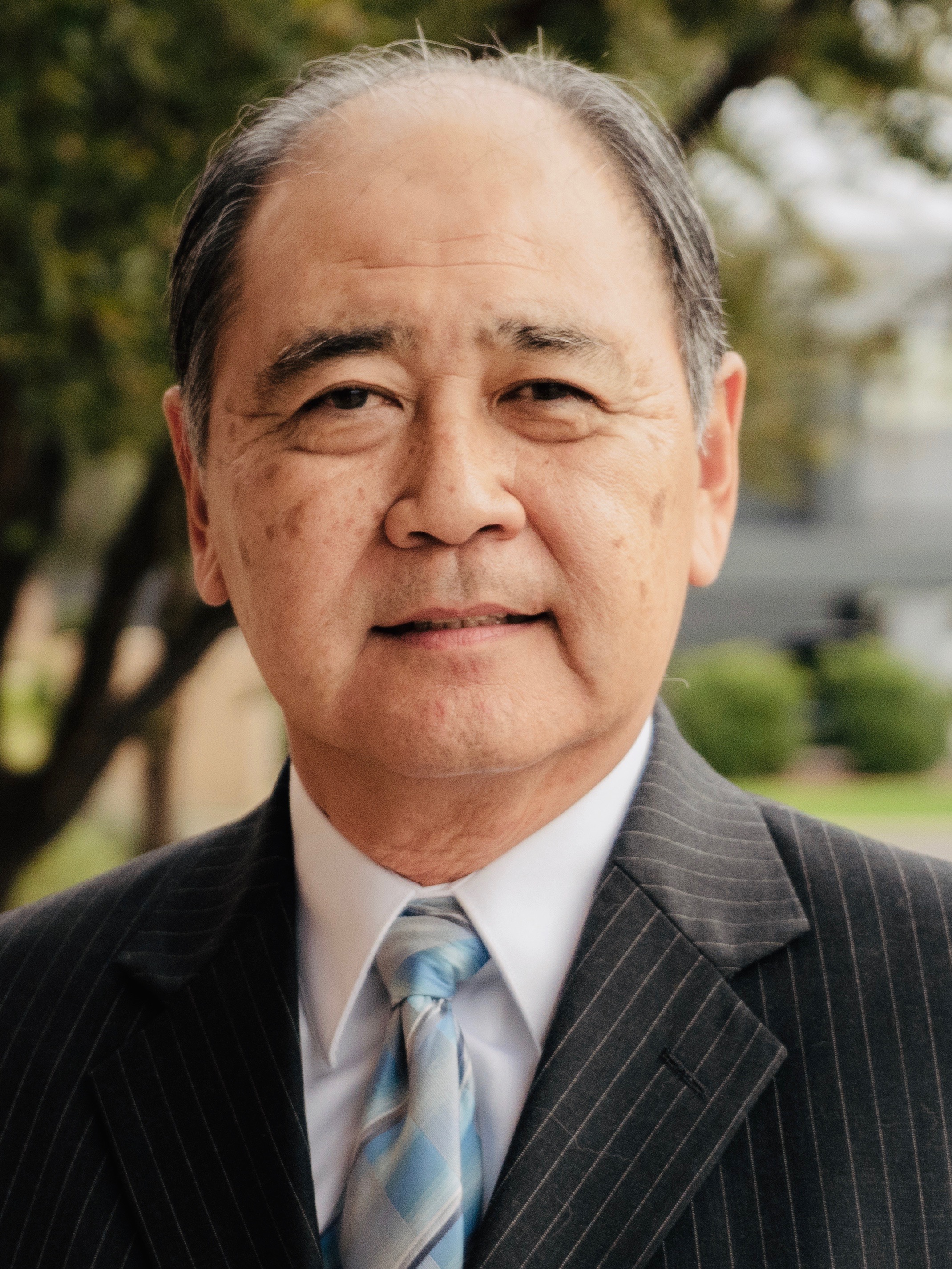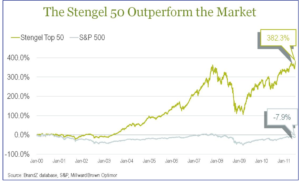

50 REASONS WHY “WHY” WORKS
Stan Yamamoto, Senior Vice President of Brand Strategy, Marketing & Communications
Many people within Goodwill are familiar with Simon Sinek and his famous Ted Talk, “Start with Why.” Sinek advocates that great companies focus on their WHY; their cause, their belief, or their purpose. He brings this all together with his Golden Circle concept; WHY we do what we do, HOW we do what we do, and WHAT we do every day. Sinek is very good at simplifying the complex challenge of getting organizations to go in the same direction, while inspiring team members to get on board. It is a concept that we continue to practice within GCNA. Additionally, because of our Learning & Development team, I am able to share Sinek’s concept in the Foundational Leadership Academy. Most recently, I was also able to share it at the 2019 Leadership Conference.
One question I often hear is, “Does focusing on our WHY really affect our operations and revenue? It sounds great on paper, but does it work in the real world?” Great question. This is where I point to another change agent in leadership, and share his research on how the power of WHY positively impacts the bottom line.
The Brand Ideal
Jim Stengel is the former Global Marketing Officer for Proctor & Gamble, the world’s largest advertiser. A couple of years after Simon Sinek did his Ted Talk, Stengel published his book GROW: How Ideals Power Growth and Profit at the World’s Greatest Companies. It contained the results and conclusions he discovered from a 10-year study, between 2000 and 2011, involving 50,000 leading brands.
Stengel’s research was trying to discover what the most successful companies had in common. Stengel and his team had the daunting task of pouring over tons of data and interviewing a multitude of companies. His finding showed businesses that grew faster, and grew longer, have something special driving them. This driving force attracted customers and employees. Stengel calls it their Brand Ideal.
A Brand Ideal is a business’s essential reason for being, the higher-order benefit it brings to the world. It is a shared intent by everyone in an organization to improve people’s lives. For example, Pampers’ Brand Ideal is, “Helping parents care for their babies’ and toddlers’ development.” It’s not just about selling disposable diapers. It’s about Pampers being an integral part of parents raising their precious children during the early years. According to Stengel, the ability to leverage the Brand Ideal is what separates great organizations from good, bad, or indifferent ones. This assertion is identical to what Sinek advocates with “Start with WHY.”
“The Stengel 50”
Based on his study, Stengel narrowed down 50,000 companies to the world’s 50 best businesses – The Stengel 50. These companies showed significant growth by demonstrating and adhering to a strong Brand Ideal, and the proof was in the pudding. The Stengel 50 outperformed the S&P 500 by almost 400% during one of the worst recessions in US history! The list included familiar names you might expect like Apple, Amazon, and Coca-Cola. But there were other lesser known brands like Sensodyne, Stonyfield Farms, and Snow Beer that made the list.
What We Can Learn from The Stengel 50
Stengel’s research provides definite proof that making our WHY, or Brand Ideal, a priority for our business can provide financial benefits, plus reap other positive benefits as well:
1. Ideals-driven brands operate at a higher energy level, a higher sense of mission, and a higher sense of purpose.
2. It gives the organization, and more importantly team members, a reason to work so hard every day.
3. It allows us to feel that we are part of something bigger than just our jobs.
4. We can attract more and better team members.
The Stengel 50 is an excellent reminder to keep Goodwill’s WHY at the forefront of what we do every day for both team inspiration and operational excellence.
Empowering Individuals. Strengthening Families. Building Stronger Communities.



